Grinding balls for mines
Grinding balls are essential components in the mining industry, used primarily in grinding mills to break down ore into smaller particles for further processing. These balls are critical in the comminution process, where raw materials are reduced in size to liberate valuable minerals from the surrounding waste rock. The efficiency and effectiveness of grinding operations in mines heavily depend on the quality, durability, and performance of these grinding balls.Grinding balls are typically made from high-quality materials such as steel, cast iron, or ceramic, depending on the specific requirements of the mining operation. Steel grinding balls are the most commonly used due to their high hardness, toughness, and resistance to wear. They are manufactured through processes like forging, casting, or rolling, ensuring they meet stringent industry standards. The hardness of the grinding balls is a crucial factor, as it directly impacts their ability to withstand the abrasive forces within the grinding mill. High hardness reduces the rate of wear and extends the lifespan of the balls, thereby lowering operational costs.The size of grinding balls varies depending on the type of mill and the ore being processed. Larger balls are typically used in coarse grinding stages, while smaller balls are employed for finer grinding. The selection of the appropriate size and material is critical to achieving optimal grinding efficiency and minimizing energy consumption. Improperly sized or low-quality grinding balls can lead to increased wear, higher energy usage, and reduced throughput, ultimately affecting the overall productivity of the mining operation.In addition to material and size, the shape of grinding balls also plays a significant role in their performance. Spherical balls are the most common, as they provide consistent grinding action and reduce the risk of mill liner damage. However, other shapes, such as cylindrical or conical balls, may be used in specific applications to achieve desired grinding outcomes.The mining industry continuously seeks to improve grinding ball technology to enhance efficiency and sustainability. Innovations in material science, such as the development of high-chromium alloys, have led to the production of grinding balls with superior wear resistance and longer lifespans. These advancements not only reduce the frequency of ball replacement but also contribute to lower environmental impact by decreasing the amount of waste generated.In conclusion, grinding balls are indispensable in the mining industry, playing a vital role in the comminution process. Their quality, size, and material significantly influence the efficiency and cost-effectiveness of grinding operations. As the industry evolves, ongoing research and development in grinding ball technology will continue to drive improvements in performance, durability, and sustainability, ensuring that mining operations remain productive and environmentally responsible.
Products
Category:
No search results found!
News
Category:
No search results found!
Case
Category:
No search results found!
Video
Category:
No search results found!
Download
Category:
No search results found!
Job
Category:
No search results found!
Featured Products
No search results found!


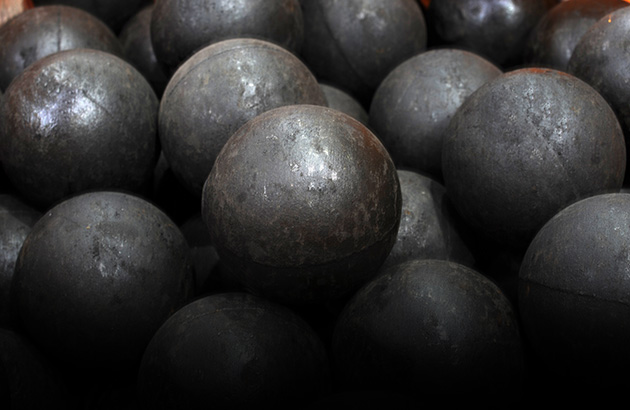
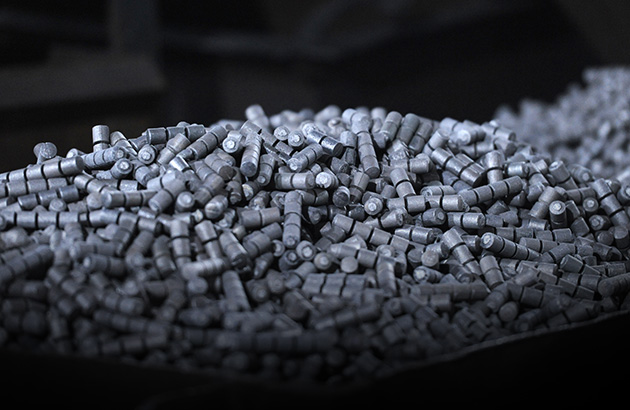
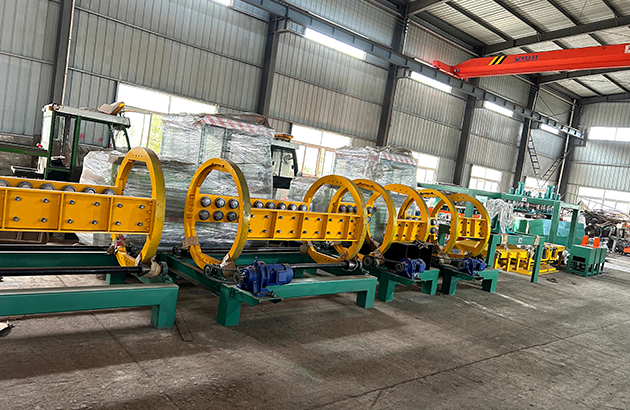

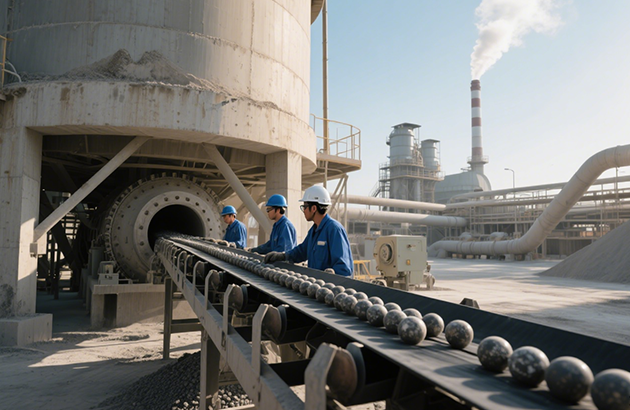
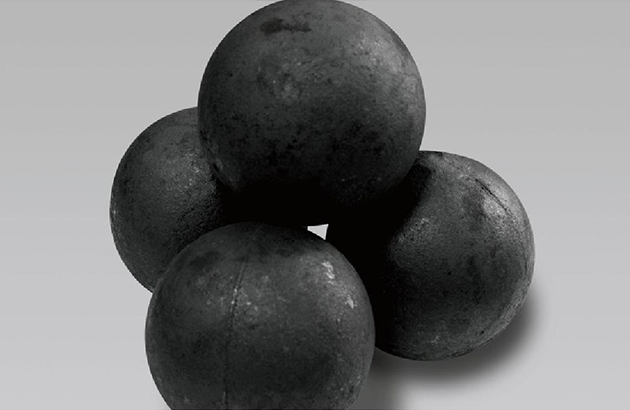
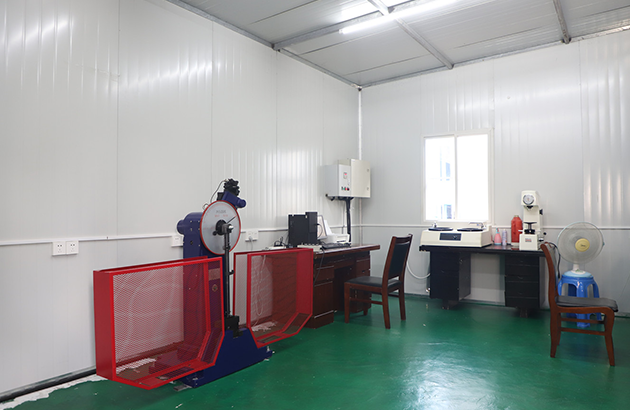

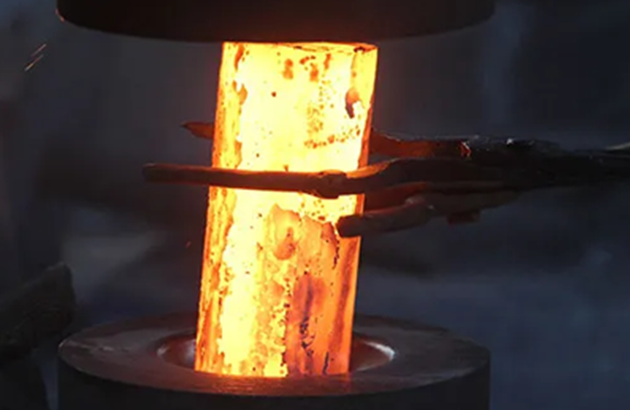






 Phone
Phone